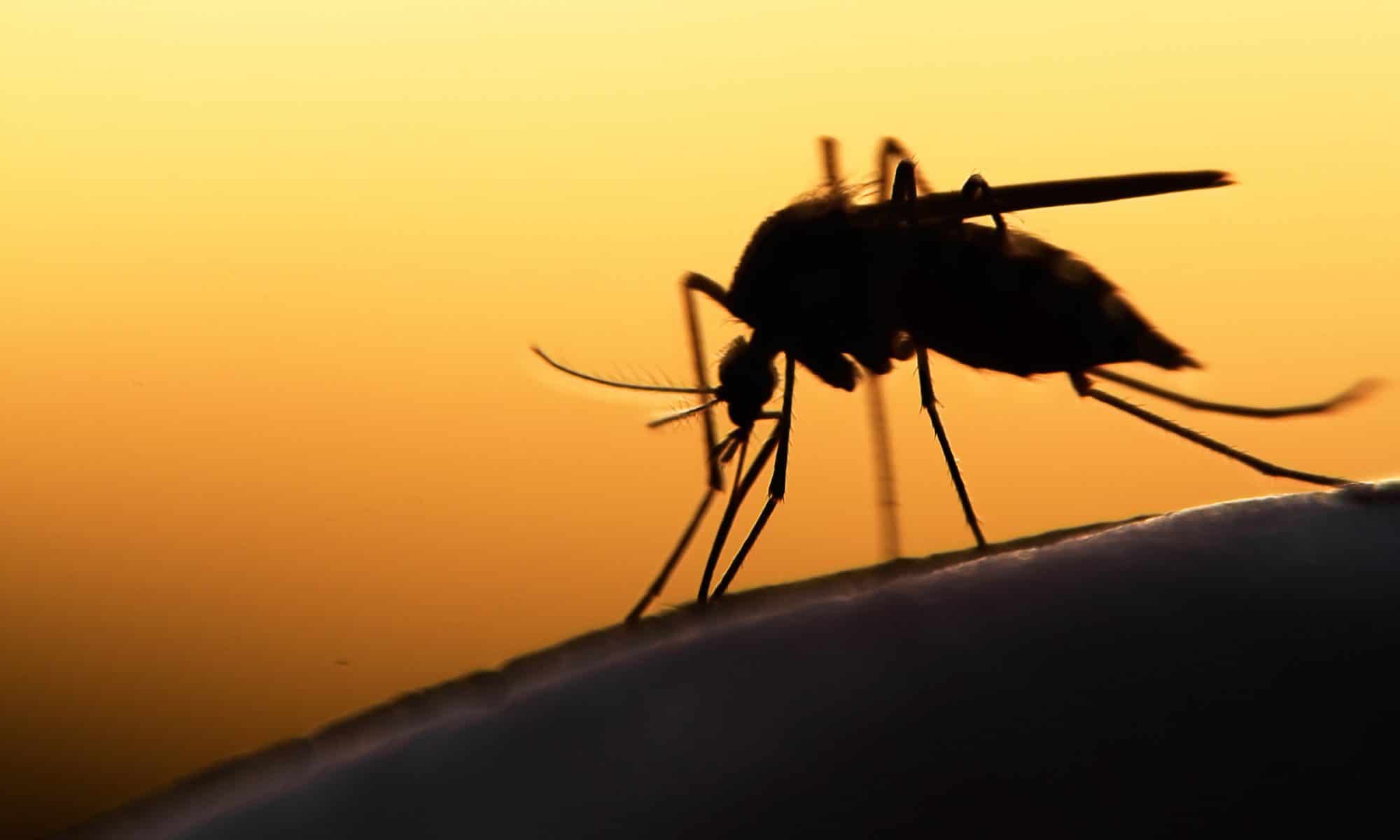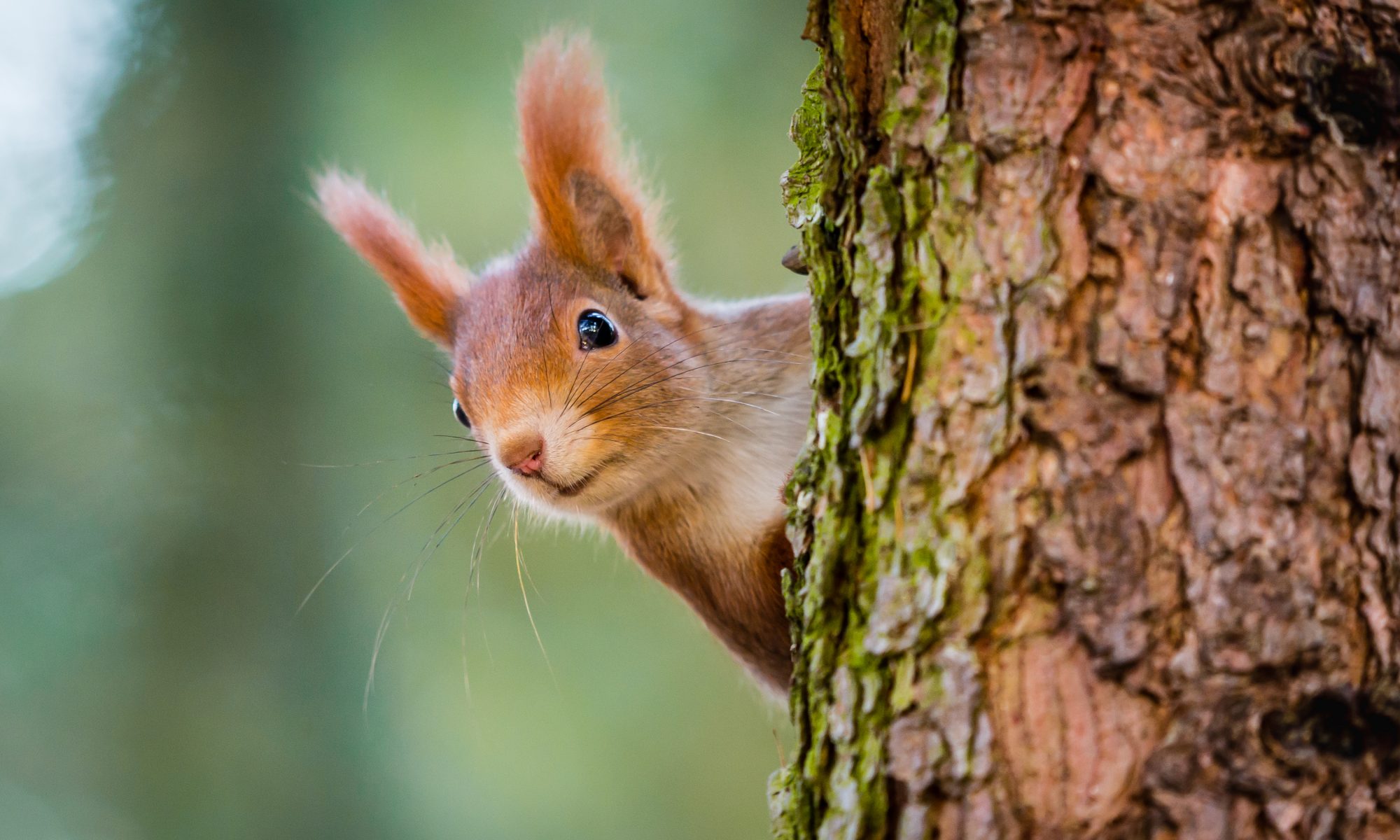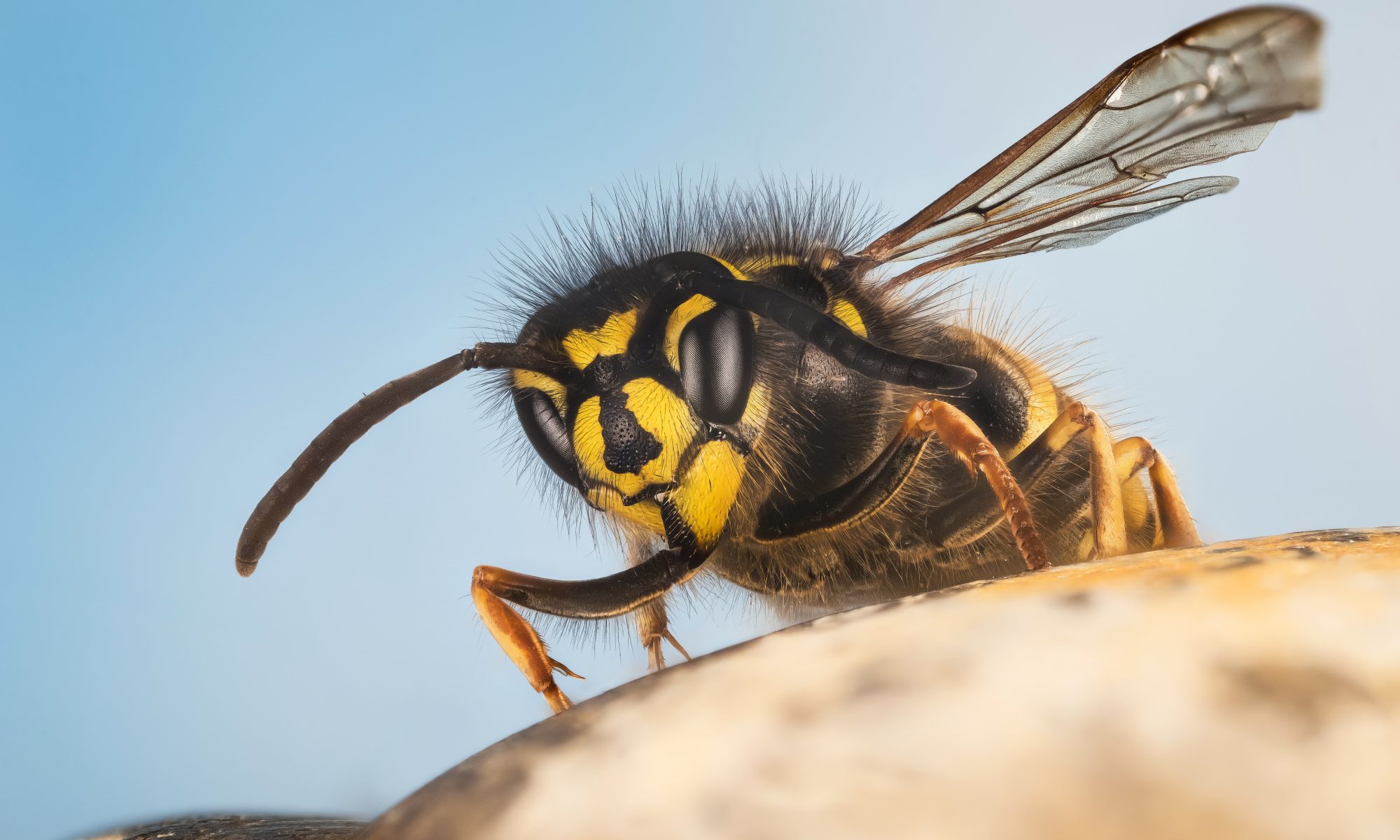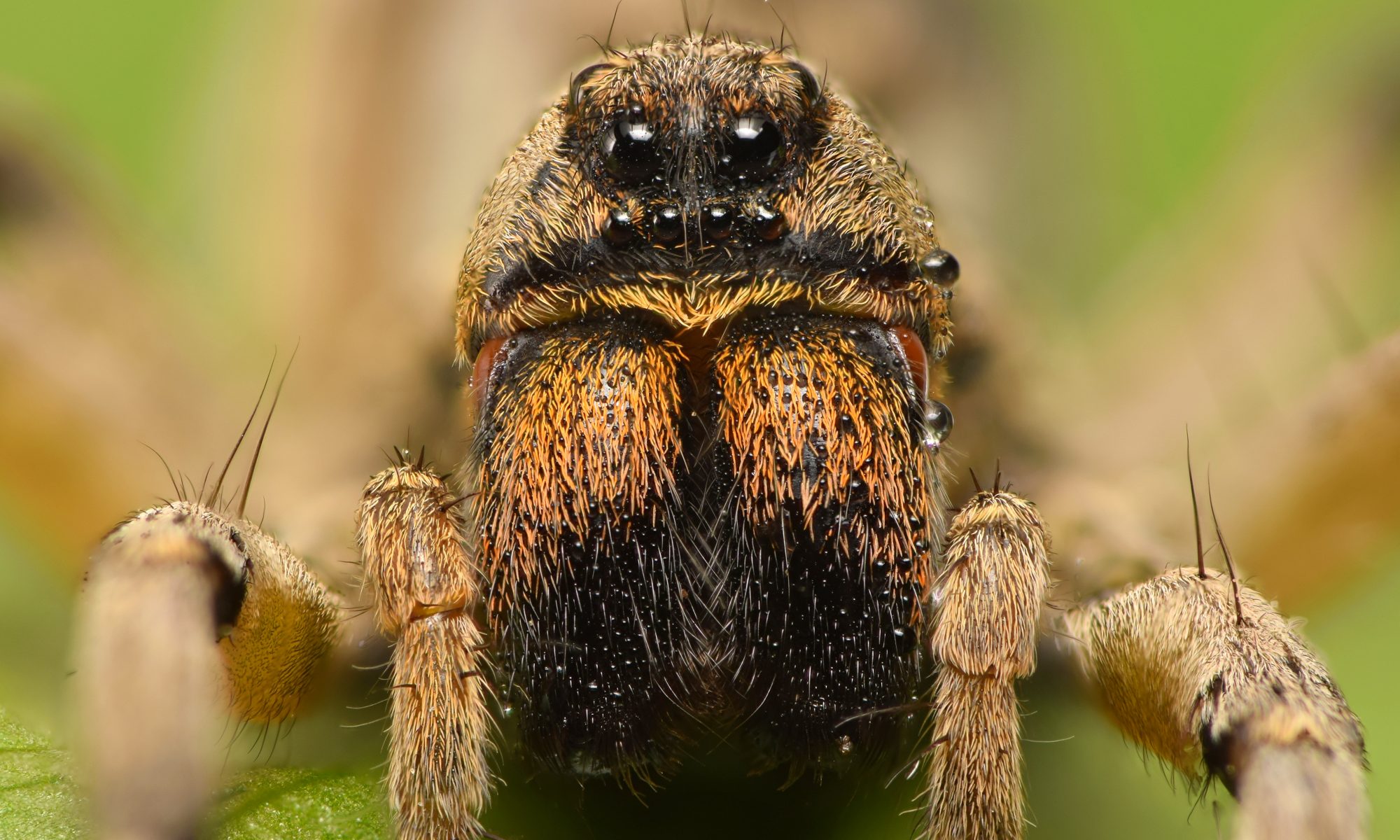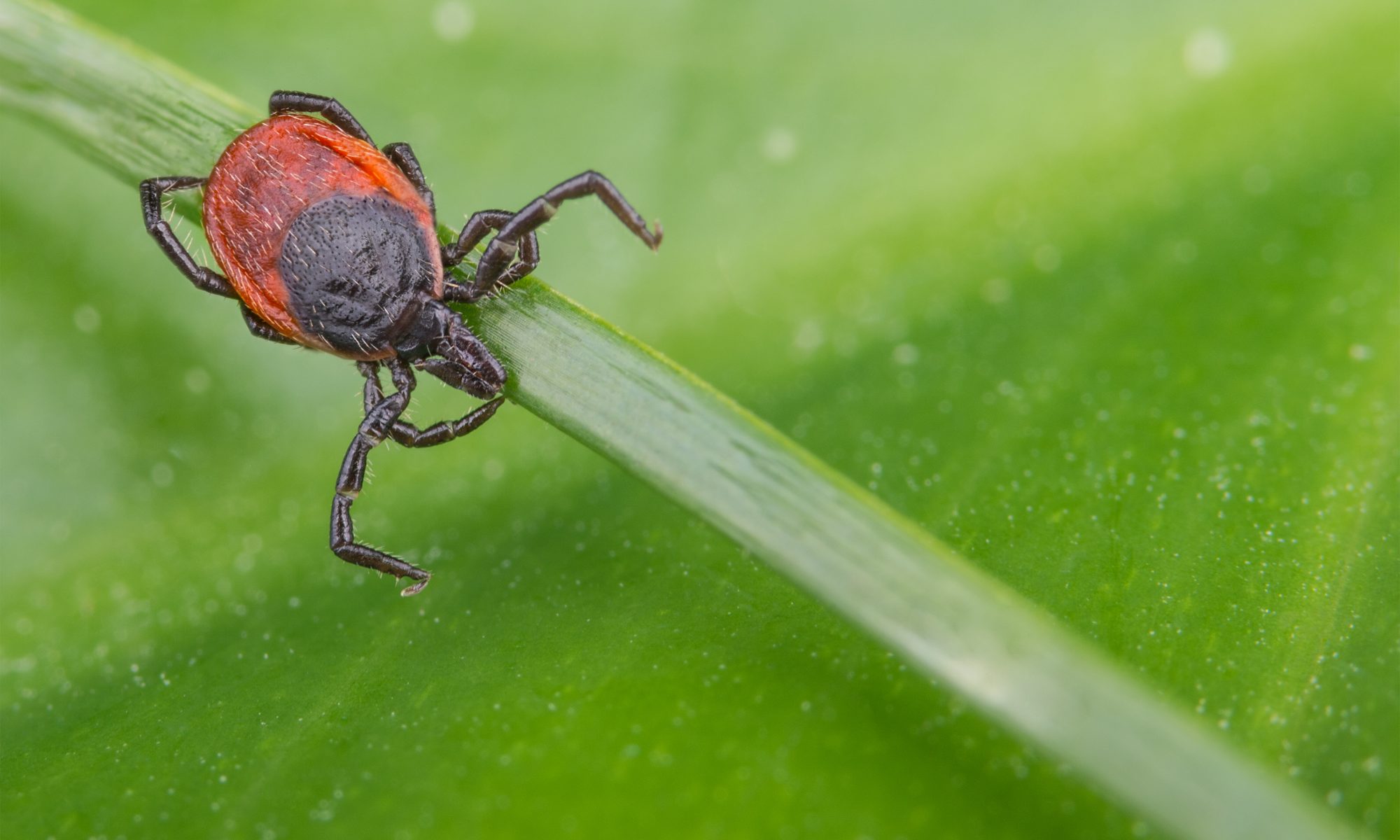
Birds are chirping, flowers are flourishing, and the days are sparkling with the sun. Spring is almost here! Spring lets us enjoy the outdoors and all that it has to offer.
With the increase in temperature and sunshine, you aren’t the only one that wants to get out and relish in it. Many animals and bugs also look forward to exploring the warmth.
One of these creatures that love crawling in the woods and grass is ticks. These ticks love to latch on to you or your clothing and eventually suck your blood.
Because of their desire for your blood, it can come with certain risks. There are many things to be wary of when dealing with these organisms to ensure your Spring and Summer are safe.
Important things to consider when dealing with ticks are preventing bites, tick removal, and symptoms that come with a bite. Knowing this information will mean you get prepared for it all!
If you have troublesome pests bothering you or your family, it’s wise to meet with experts that can help you. Contact the professionals at Environmental Pest Management for any pest issues, including roaches, rodents, wasps, and more.

Preventing Tick Bites
The first step in fighting back against ticks is to prevent them from biting you entirely. While ticks can get found year-round, they are most prevalent during the warmer months.
Knowing where ticks love to crawl around is crucial when trying to avoid them. Ticks live in many grassy or wooded areas. Activities such as camping, gardening, or walking your dog outside will very likely expose you to potential ticks.
If you are choosing to travel in brushy areas, consider treating your clothing beforehand. Applying an insecticide such as permethrin to your clothes will repel any unwanted bugs. Be sure to follow instructions carefully and allow clothes to air out for safety.
When walking in wooded areas, it’s sensible to walk in the middle of trails or walkways. Doing so means your legs won’t scrape grass or brush where ticks love to gather.
Once you come inside, the next step is to check your clothing for any other bugs on you. If you see or suspect there are ticks on your clothing, you can toss them in a dryer on high heat to kill them.
Be sure to wash and dry clothes in a high-temperature setting. Cold or medium temperatures won’t kill them, and they’ll continue to bug you.
In addition to checking your clothes, you’ll want to investigate your gear and your pets, if you brought them. Ticks on your dog will be harder to spot due to their fur, so be thorough.
Last but not least, perform a full body check on yourself for any ticks. It would be best if you used a mirror to help you see your body better.
Some spots that can hide ticks will include around your ears, or in and around your hair. Additionally, examine under your arms and the back of your knees. Any nook or cranny could be a hiding spot for a tick.

Tick Removal
Tick bites are surprisingly common. If you do find a tick secured to your skin, the most important thing to do is to remain calm.
You’ll want to remove the tick immediately. While there are many tick removers on the market, a simple set of fine-tipped tweezers will be useful to use.
With the tweezers ready, grip the tick as close to your skin as possible. From here, you should pull directly upward with even force. If you jolt or yank the tick, the mouth-part likely latched onto you will break off.
If this happens, don’t panic! Use your tweezers and carefully remove the head from your skin.
Once the tick gets removed, the next step is to clean the bite area. The bite can get cleaned with a disinfectant such as rubbing alcohol, or just soap and water.
As soon as the tick gets removed, you’ll want to dispose of it correctly. Placing it into alcohol will ensure it gets killed, and you can put it in a sealed container as an extra measure.
Afterward, keep an eye on the bite area to observe any side effects. Should you develop a rash or fever, contact your doctor immediately.

Symptoms of Tick Bites
In most cases, a tick bite won’t have any effect on you whatsoever. The tick bite may be painless, and the tick will feed and fall off. Symptoms will come after the bite happens.
Symptoms for a tick bite vary from slightly annoying to severe complications. The most important thing you can do is spot the signs before it becomes dangerous.
Minor symptoms for a tick bite include itching, burning, and redness. These get easily identified as they happen and can let you know that something happened.
In rare cases, an individual may be sensitive or allergic to tick bites. These allergies can lead to a rash, shortness of breath, swelling, numbness, or even temporary paralysis.
More severe symptoms for a tick bite include fever, shortness of breath, headache, or vomiting. If you experience these symptoms, seek medical attention immediately.
Since ticks feed on your blood, they can introduce dangerous pathogens to you. Diseases can get transmitted from the tick feeding.
The most associated disease with tick bites is Lyme disease. This disease will get received from ticks in the northeastern U.S., upper midwestern U.S, and along the Pacific coast.
Another disease transmitted by ticks is the Rocky Mountain spotted fever. Symptoms include a high fever that lasts weeks, muscle aches, vomiting, and fatigue.
A dangerous disease that can be carried by ticks is Tularemia. Luckily, with early treatment, complete recovery is possible. If left unchecked, Tularemia is life-threatening.
As you can see, ticks can range from mildly annoying to potentially threatening. It’s essential to know how to avoid ticks, how to remove them, and signs of symptoms.
Check out our tips for naturally keeping bugs away here.
If you suspect that you have a problem with annoying pests, don’t hesitate to contact Environmental Pest Management. No job is too big or too small!

